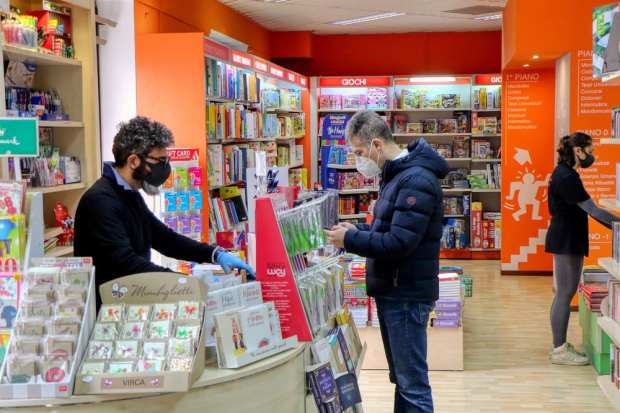Europe’s August Retail Sales Beat Expectations

With an acute increase in eCommerce purchases and higher attire sales during the pandemic, retail sales in the Euro zone significantly exceeded expectations in August. However, sales for July were lowered, Reuters reported.
In the 19 nations that have the euro, retail sales increased 4.4 percent month-on-month for a 3.7 percent year-on-year increase, coming out ahead of economists’ estimates of a 2.4 percent monthly and 2.2 percent yearly rise.
The sales rise in August was primarily because of a 12.4 percent monthly and 23.8 percent yearly rise in mail and eCommerce orders.
In addition, July results were lowered to drops of 1.8 percent month-on-month and 0.1 percent year-on-year from the 1.3 percent fall and 0.4 percent increase reported in the past.The updated figures indicated that the rebound in consumer spending was slower than considered.
In the United Kingdom, retail sales volumes increased by 0.8 percent in August compared to July, marking the fourth consecutive month of expansion per the Office for National Statistics.
“Volume sales within non-store retailing increased sharply in April and May, and sales in August were 38.9 percent higher than February 2020. This was driven by a shift to online orders during lockdown because of temporary store closures for non-essential stores,” the office said in a September release.
Overall retail sales volumes in the month were 4 percent above that in February. Industries that came out ahead of February’s pre-pandemic levels were household goods, non-store retailing, food stores and other non-food retailing.
“All other sectors have shown a slower rate of growth since lockdown and continued to recover,” the office said in its release.
Retail sales values in August increased by 0.7 percent compared to July and 2.5 percent compared to February.
In the United States, retail sales rose in August to $537.5 billion, while June saw overall retail sales rise to $524.3 billion as the nation opened again and consumers started going back to retail shops in addition to eateries.
